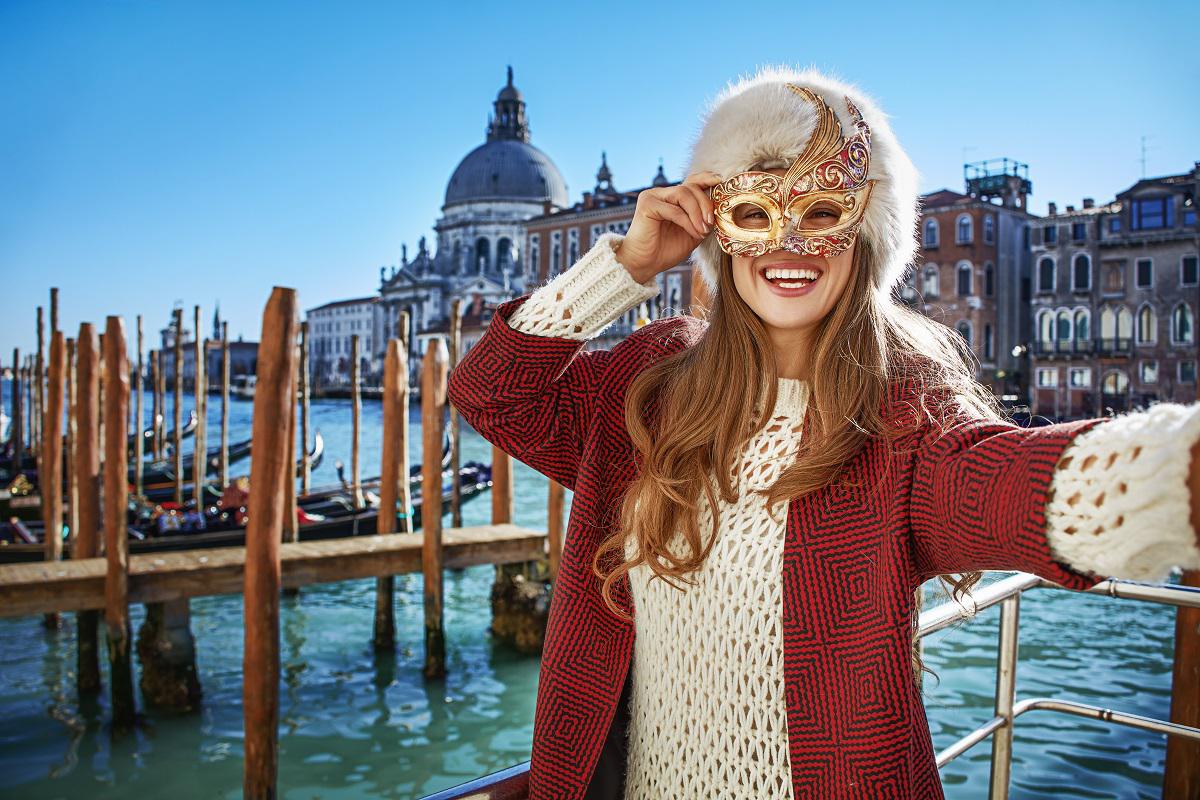Blog
What is the history of Venetian masks?
A mysterious origin: the history of Venetian masks
When we talk about masks, we can’t help but think of the Serenissima. But have we ever wondered about the history of Venetian masks? Although we do not know the exact moment when the masks were introduced in Venice, it is possible to go back through the legislation of the Republic, to two fundamental dates: 1268 and 1436. The oldest law, which imposed limits to the use of masks by masked men, the “mattaccini“, dates back to 1268. In April 1436, the statute of the mascareri—the manufacturers of masks belonging to the fringe of painters—appeared for the first time. In the second half of the 18th century, there were as many as 12 mask-making workshops in Venice. Demand was very high, and in addition to official production, under-the-table production proliferated.
The history of Venetian masks is linked to Carnival, but …
Freedom and debauchery, going beyond morality and illusion: in short, being able to be what one is not. It was, and probably still is, the spirit of the carnival: inequalities are reduced, genres lose their fixedness, and in a sense, anything goes. The mask becomes the concrete means of dreaming and of making the dream real. With the carnival, love is given free rein and social constraints are relaxed, as the Serenissima celebrates the feast of life and its explosion. What to do in Venice during Carnival? The history of Venetian masks teaches us.
… the history of Venetian masks tells us about a tradition
Indeed, the wearing of the mask was authorized during the period of the Ascension and sometimes until the month of June. In the second half of the 18th century, women were not allowed to enter the theater without a mask, and the most important events and festivals, such as banquets and feasts of the Republic, involved the wearing of masks. In short, the history of Venetian masks is closely linked to the history of the city itself.
The history of Venetian masks, some names and some curiosities

Let’s start with the bauta or larva, a white mask (hence the term larva, derived from Latin meaning phantom) for eating and drinking, with angular features. There is also the gnaga, a cat mask, used by men who prostituted themselves. And then there is the moretta, an oval black velvet mask, used by women. Its particular feature was that it was held in the mouth by a pin, which made it a silent mask. There’s so much to discover when it comes to the history of Venetian masks.
The history of Venetian masks invades music
So what could be better than a concert given by an orchestra in period costumes, which, of course, also includes these iconic masks? I Musici Veneziani, in the extraordinary setting of the Scuola Grande di San Teodoro, will allow you to experience the most prosperous period of the Republic, the Baroque.
The costumes are made by Atelier Nicolao, a one-of-a-kind boutique theatre and cinema costume-design house founded in 1980 by Stefano Nicolao, which produces period costumes that are true works of art in and of themselves, taking you into the glamorous splendor of the Venetian Baroque.
The stunning productions from Atelier Nicolao are made from original 18th-century designs and are painstakingly handcrafted using traditional methods. In fact, in opera scenes from some of the most famous Hollywood movies, the costumes were likely designed by this very atelier. Nicolao is one of the most sought-after and well-respected costume designers worldwide for these jewel-encrusted and meticulously embroidered gowns and intricate accessories, including the historically accurate masks worn by the orchestra.
The history of Venetian masks and, therefore, the history of Venice, comes alive in the present with a performance by I Musici Veneziani. What are you waiting for? Immerse yourself in mystery and splendor!